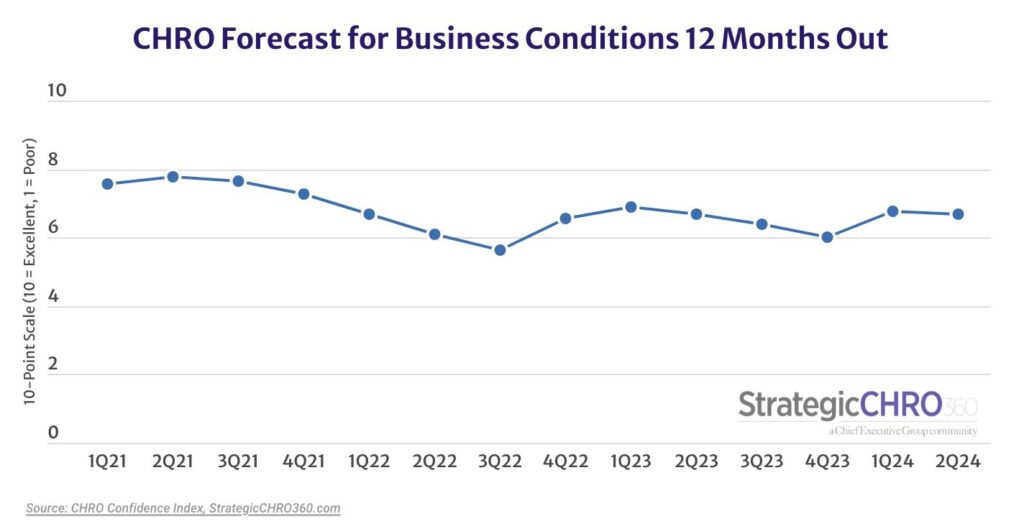Total workforce well-being has never been more important for organizational leaders, as research increasingly shows mental and physical health—not to mention financial, social and spiritual well-being—are inextricably intertwined and can directly impact corporate performance. The World Health Organization estimates that companies lose $1 trillion in productivity each year due to anxiety and depression.
But how do you support whole-person health for your entire workforce while leading your organization into the future and maintaining a healthy bottom line? And how do you connect with a diverse employee population when you operate in a remote work environment?
There is no short and easy answer, but I can share my personal experience as the leader of an ecommerce healthcare company and highlight seven changes we implemented that are contributing to a workplace culture that puts mental health and the total well-being of our employees at the top of the priority list.
Transitioning to a remote environment
Prior to the pandemic, our organization was full-time onsite, but as we progressed through 2021, we realized we could effectively operate in a fully remote world and have since embraced this new structure. However, because our employees work at the very busy intersection of consumer wellness, healthcare benefits and ecommerce, we were acutely aware that the stress of the job coupled with the potential isolation of remote work could be a detriment to employee mental health if we didn’t invest in strategies to support employee well-being.
As a result, our team has implemented and is continually evolving strategies that show employees we care about their well-being, and that give them the flexibility to manage their mental and physical health in ways that work best for their needs and lifestyles. Here are seven strategies we use that could also work for your organization.
7 ways to support mental well-being for remote employees
- Focus Fridays (year ’round). Block off calendars on Fridays to reduce meetings and give employees time to complete work before the weekend and start Mondays fresh. This also alleviates the “Sunday blues” that many employees feel before the start of a new work week.
- Virtual Team Building. Get creative with virtual activities that encourage employees to have some fun and bond during the workday. Some of the creative virtual activities we’ve hosted include cooking classes, escape room, bingo and paint night.
- Mental Health Day. Give employees the opportunity to take a day or a half day to decompress and hit the mental “reset” button. It’s important that employees can easily take a mental health day when needed, because the need for a mental break can’t always be scheduled.
- Mental Health Benefits. Educate employees about services that are available through your health plan or an Employee Assistance Program, and consider offering access to virtual therapy platforms that give employees access to therapists at their convenience. In addition to mental health support, our employees can access support for things like financial planning, nutrition and overall health.
- Virtual Workshops. In addition to one-on-one employee support, consider offering virtual group activities, like meditation courses, yoga classes and workshops on healthy eating or financial planning. This allows employees to interact with one another and reinforces that they are not alone in their well-being challenges or goals.
- Summer Fridays. If able, consider offering summer hours that allow employees to take the afternoon off and start their weekend early. The fresh air or time with friends and family will do wonders for their well-being.
- Flexible schedules. Allow employees to apply for a flexible schedule to accommodate personal needs, because not everyone can fit their lives into a 9-to-5 workday. Flexibility gives employees the ability to balance their professional path with their personal needs and caregiving duties.
Whether your organization is still grappling with the decision to bring employees back to the office full time, if you’re loving the hybrid life or if your organization is thriving in a fully remote environment, maintaining an engaged workforce and creating a culture that fosters connections across your entire team will continue to be a top priority. Don’t miss out on the many benefits this can deliver for your organization, including increased productivity, strong retention and hiring, and improved mental well-being for your employees.







